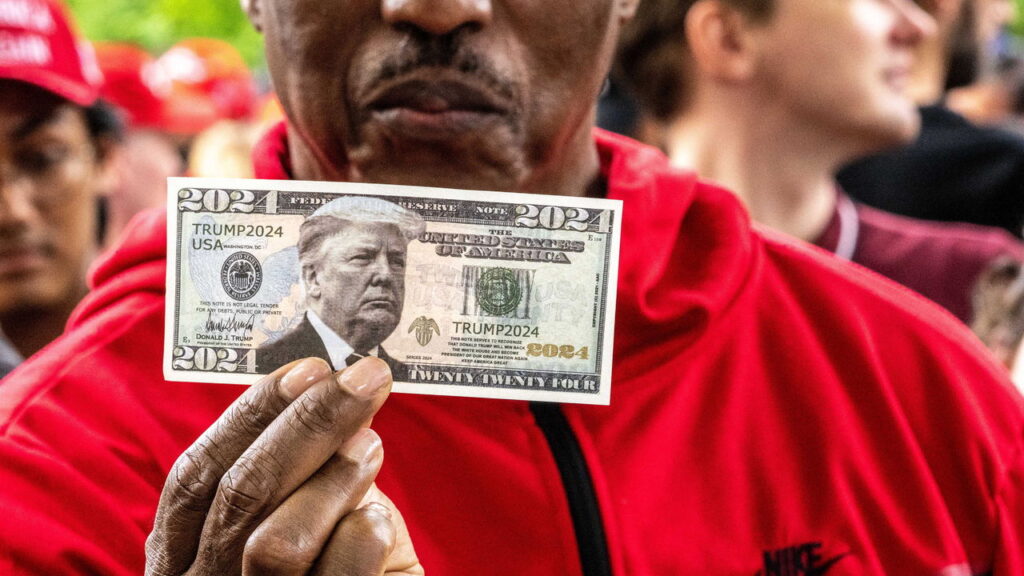Political risk, once primarily a concern for investors in emerging markets, has taken on new significance in developed economies, particularly in the United States. Historically, those investing in affluent countries tended to focus their attention on the decisions and predictions of central bankers, like the Federal Reserve, rather than the unpredictable whims of political figures. However, the landscape has dramatically shifted, especially with the approaching presidential election scheduled for November 5th in America. As the date draws near, asset prices have reportedly started to fluctuate in tandem with polling averages, indicating a more pronounced correlation between politics and market dynamics.
This evolving perception of political risk can be largely attributed to the phenomenon often referred to as the “Trump trade.” This term encapsulates the market strategies and asset allocations that heavily factor in the potential outcomes of Donald Trump’s presidency. Investors and market speculators are actively digesting political news and polls because they recognize that the policies enacted by political leaders can have immediate and far-reaching consequences on the financial markets. Whether this translates into movements in stock prices, bond yields, or commodity values, the political climate is undeniably influencing investor sentiment in ways previously unseen.
Amidst the volatility of political events and their potential impact, Wall Street has become a hub of speculation, where traders weigh the implications of various electoral outcomes. The discussions are not merely idle chatter; they reflect a significant shift in how market participants are approaching their investments. The implications of a possible second Trump presidency or the election of a Democratic candidate bring with them a slew of uncertainties that can shape fiscal policy, trade agreements, and even regulatory frameworks. Investors are honing in on key sections of policy proposals, scrutinizing how these could either bolster or hinder economic growth.
Furthermore, the heightened attention to political risk has been compounded by the complex interactions between market forces and the actions of political entities. Given the current information age, where news travels at lightning speed, the immediate effects of political announcements or polling shifts can be felt across global markets within minutes. For example, a change in polling numbers in favor of a particular candidate can lead to a swift recalibration of investor portfolios, with sectors that are sensitive to political outcomes, such as healthcare, energy, and technology, witnessing more pronounced swings.
Additionally, it’s important to consider the implications of political polarization, which has deepened in recent years. The divide in political beliefs among the electorate has intensified the stakes surrounding elections. It fosters an environment of uncertainty and unpredictability that investors must navigate adeptly. Individuals and institutional investors alike are finding that understanding the political landscape is just as crucial as grasping economic indicators when making investment decisions.
As we approach the pivotal date of November 5th, the watchful eye of Wall Street continues to track polling data, campaign developments, and statements made by key political figures. The notion of political risk has irreversibly evolved to encompass the financial market’s response to political developments, showcasing a new paradigm in how investors strategize. This is not merely a transient trend; it is likely to permanently alter how investment decisions are made, with political outcomes looming large in the minds of those who traffic in the complex world of finance.
In conclusion, the growing awareness and responsiveness to political risk among developed-market investors indicate a significant shift in investment ideology. The intertwining of politics and financial markets signifies that upcoming elections, particularly in the United States, will carry substantial weight, far beyond what was observed in years past. As the nation gears up for the elections, both Wall Street and Main Street will be watching closely—the stakes have never been higher, and the potential repercussions of political shifts will resonate throughout the economy.









